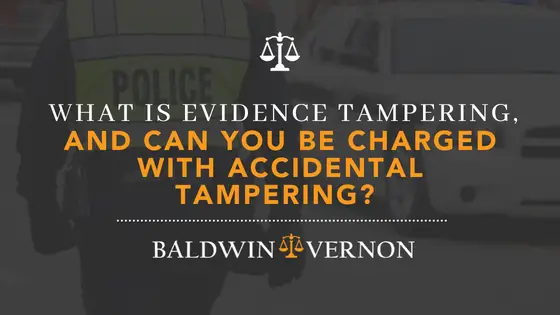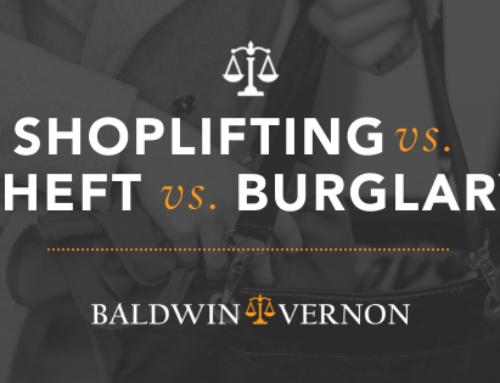When it comes to the reliability of a crime scene, there are very strict laws against tampering, changing, or destroying evidence within it. While each state may have its own charges, tampering with evidence is illegal in Section 18 of the US Code.
Evidence demonstrates whether a crime has been committed and can find the guilty party. When this evidence is altered in any way, it can put the investigation in jeopardy. However, if evidence tampering occurred without knowledge or intent, is the party still at large to be fined and arrested? Understanding the concept of intentional tampering and what it means to you as a citizen is important.
What is Evidence Tampering?
Evidence tampering occurs when someone tries to hide, destroy, or obscure the evidence to avoid legal consequences. This can be done by concealing, removing, destroying, or changing something before the trial. Evidence tampering can also be found within the courtroom by producing or presenting evidence that one knows is false or misleading to the case.
In Missouri, the consequences of evidence tampering include a class A misdemeanor if it revolves around physical evidence. However, if the individual impairs or obstructs the defense or prosecution of a felony, this charge changes to a class E felony. In Kansas, evidence tampering is considered to be a felony.
Examples of Evidence Tampering
There are several situations where evidence tampering can be found.
- Wiping fingerprints from the crime scene.
- Destroying or hiding evidence with the intent to cover up a crime.
- Deleting any emails or electronic transactions that can be incriminating.
- Untruthfully testifying to an investigation.
- Withholding testimony, records, documents, or other items.
- Creating false evidence in a case.
Qualifications of Evidence Tampering
Like any type of conviction, there must be evidence supporting the claim. When it comes to evidence tampering, this is no different.
A judge will look for two things: the deliberate destruction, concealment, suppression, or other use of evidence and purposefully altering the outcome of the current investigation. The prosecutor must convince them that the suspect knowingly tampered with evidence and had the intent to interfere with the investigation. These two pieces of criteria are crucial to charging an individual with evidence tampering.
Accidental Evidence Tampering
A charge can be successfully defended if the top two elements of the crime, knowing you are tampering with evidence and intentionally doing so, aren’t demonstrated in the case.
If you believe that you have accidentally tampered with evidence and are unsure how to proceed, several defenses can help you in your case. The first is a Mistake of fact, which entails that you actively did not know that the object you handled was evidence of a crime. Lastly, abandonment of the evidence can also be of use if the evidence was not destroyed but discarded because it was of no use anymore.
In a circumstance where you believe you have tampered with evidence and are unsure of the next steps, it can be essential to reach out to a criminal law attorney to help you through the process. Reach out to the team at Baldwin & Vernon to know your next steps.







